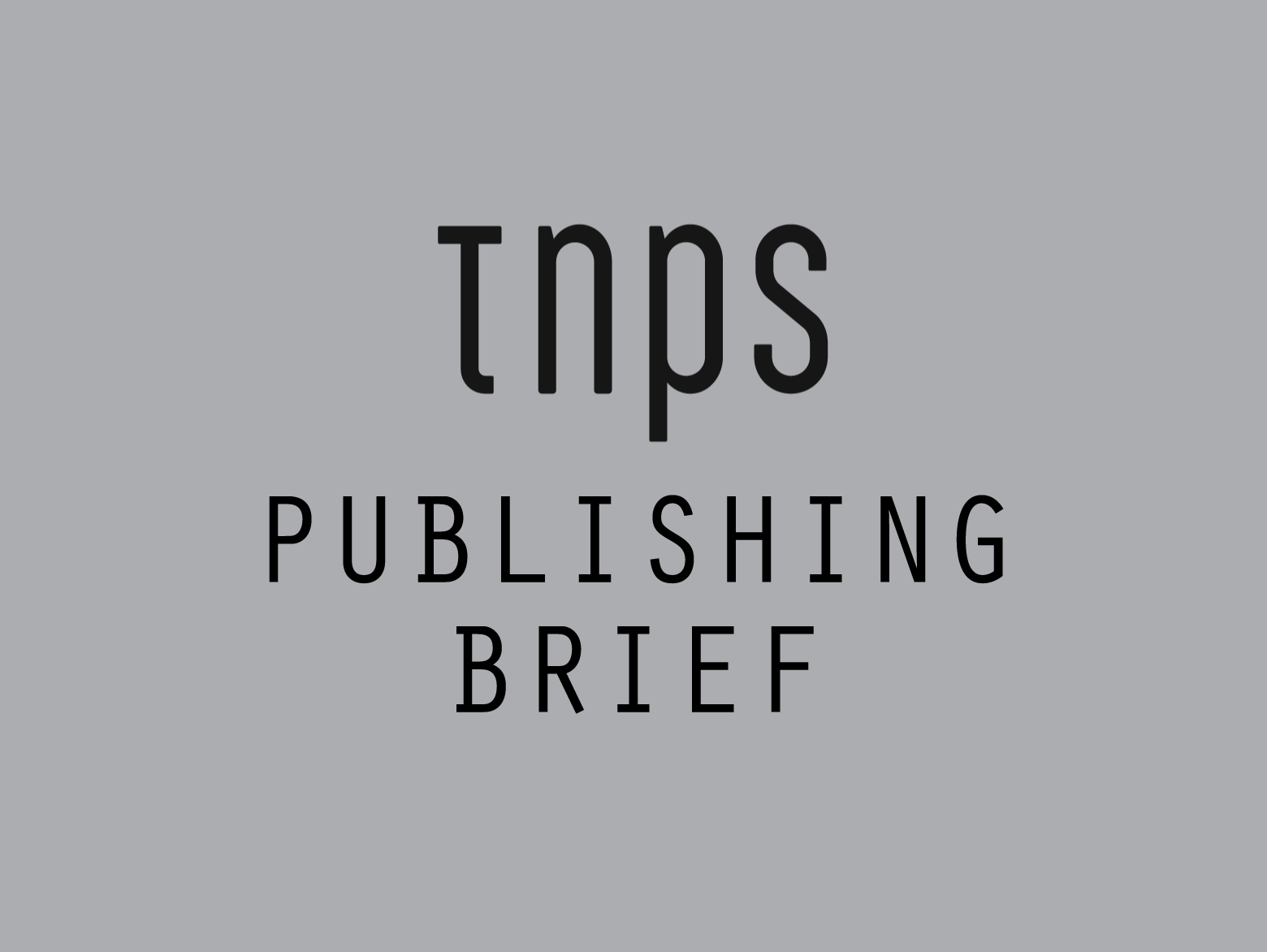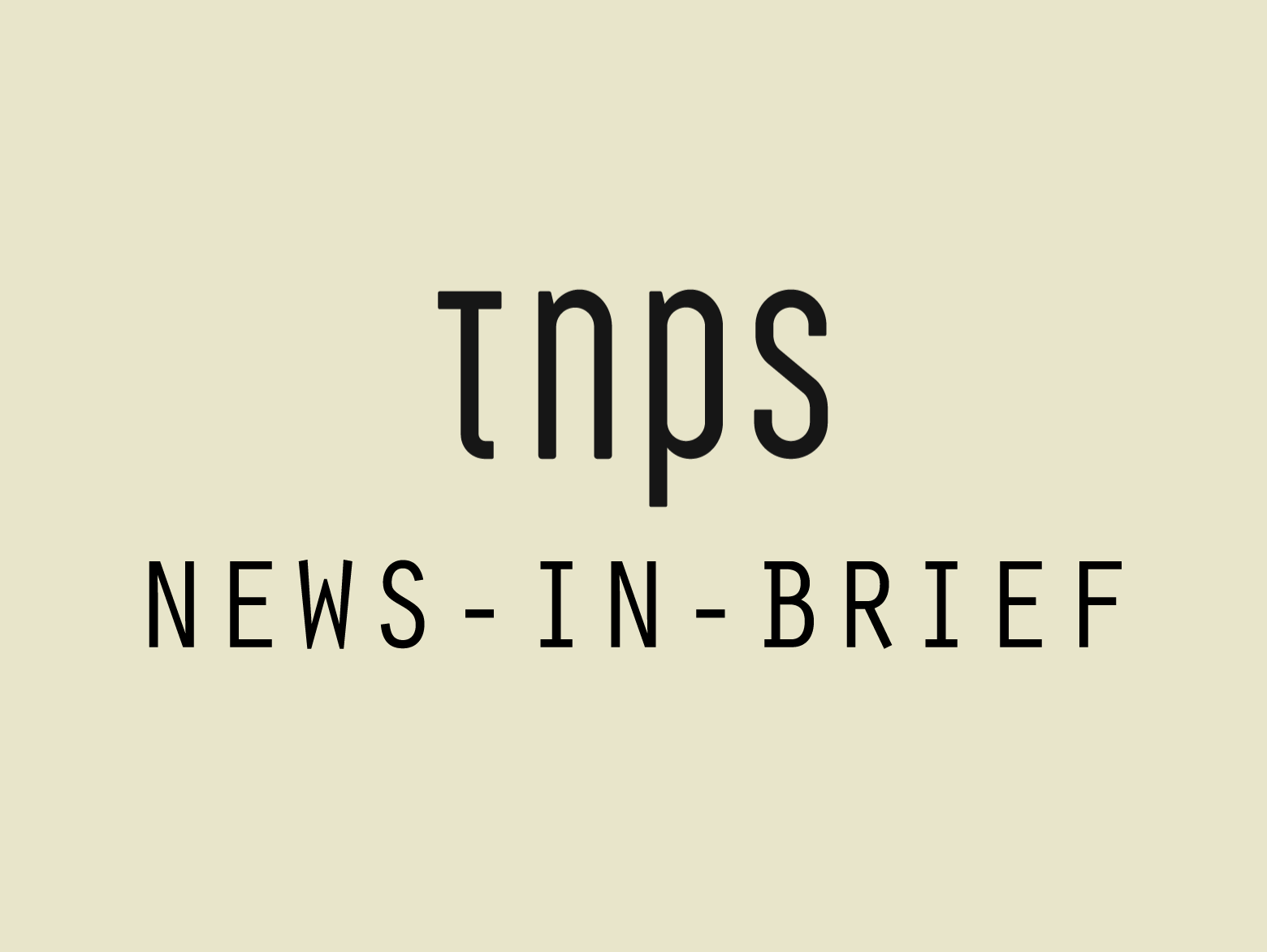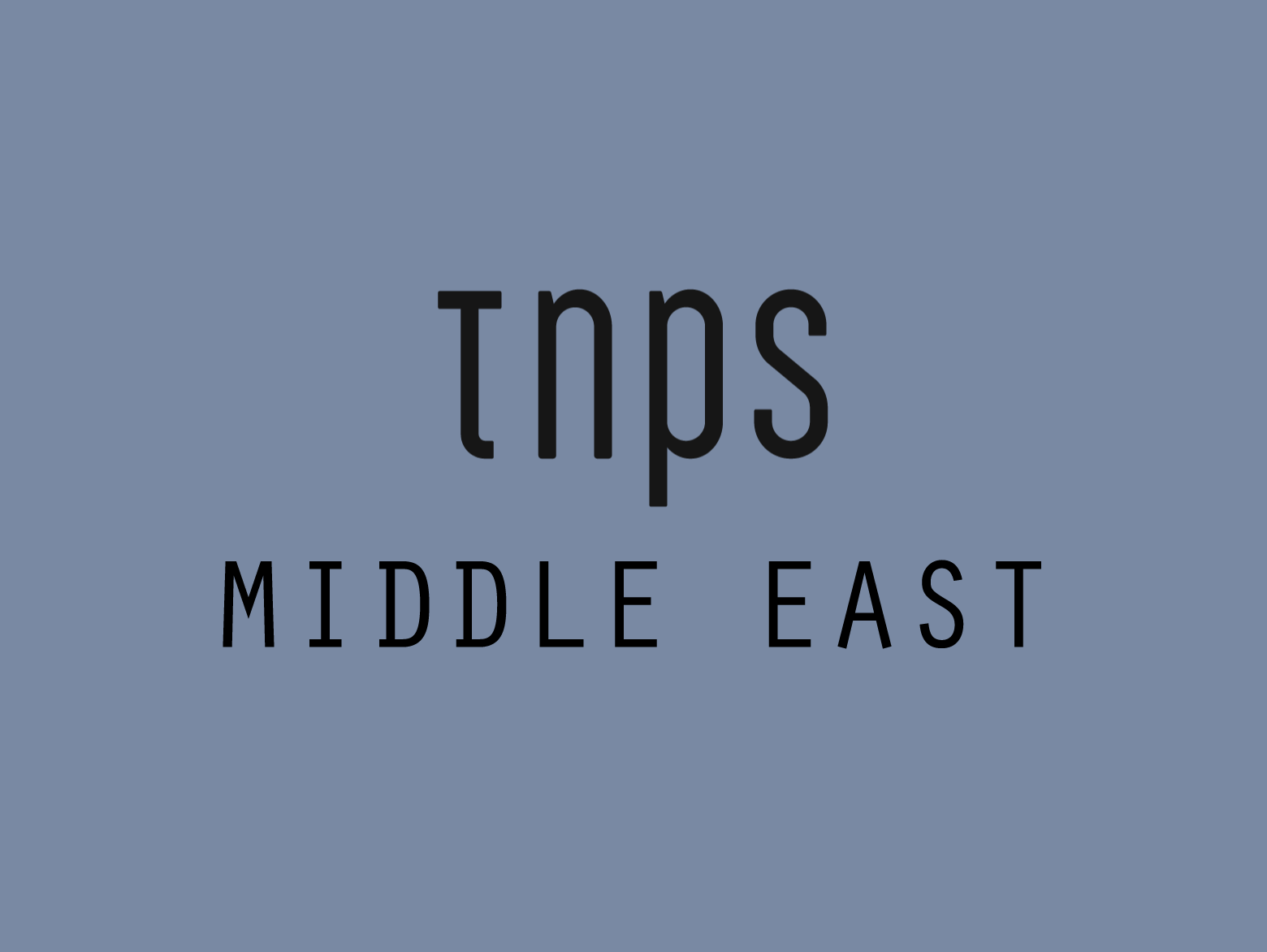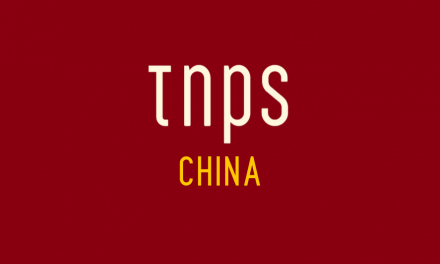“When it comes to their social media preferences, U.S. teens are about as loyal as Brutus was to Caesar,” writes Felix Richter over at Statista. “Back in 2013, Facebook was still their social network of choice. In 2014, Instagram took the throne for a while before being replaced by Snapchat in 2016.”
Today Snapchat is the out and out leader of the pack (cue Shangri-Las to show teen credentials – oops, sorry, wrong century) with Instagram close behind, “while Facebook and Twitter are losing touch with the teen demographic.”
But US teens are, it seems, multi-taskers. While Facebook and twitter may not hold top place in their affections, the two granddaddies of social media are still used, just not as frequently as Snapchat and Instagram. Over fifty per cent of American teens still use Facebook and twitter on a regular basis, but that’s compared to over 80% tapping into Snapchat and Instagram.
But what, you may be asking, has this to do with publishing?
Here’s the thing.
When it comes to the digital revolution in publishing, the discussion is often just about ebooks, with digital audio a late runner in the race. This in turn generates the faux debate that, if publishers aren’t focussed on ebook sales (as we see in the US trade market, especially) then publishers are somehow indifferent to, or even ignorant of, the digital opportunities unfolding.
But ebooks are just one part of the unfolding digital revolution.
One of the driving forces of the Global New Renaissance is social media. It enables publishers to connect with consumers and, far more importantly, consumers to connect with other consumers, to drive “word-of-mouth” sales, both in the home and foreign markets.
Social media reach currently far out-stretches publishing reach, meaning many consumers around the world are hearing about new books but have no way of accessing them. Theoretical ebook reach – global in a way unimaginable ten years ago – is hampered by the indifference of the retailers to the nascent markets.
That will change in time. But for now the 2 billion plus global reach of Facebook and the 1.2 billion global reach (each) of Facebook Messenger and WhatsApp (both owned by Facebook), along with YouTube’s 1.5 billion reach, WeChat’s 890 million reach, twitter’s 330 million reach, and Instagram (also owned by Facebook) closing in on three quarter billion, are really only boosting publishing in a handful of markets.
That too will change.
But for a reminder of what social media can do – and is doing – to boost book sales and promote literature, we need look no further than the fact that the highest selling book so far this year in the USA is a poetry book by the Instagram poet Rupi Kaur.
Is Instagram the new Facebook? Not at all. Different social media with different audiences. And that is the beauty of social media. There’s something for everyone, everywhere.
As publishers begin to realise the global potential of social media to drive global sales in the way that is happening now in the key western markets, and as the retail infrastructure to deliver ebooks becomes truly global, we have barely scratched the surface of the opportunities opening up.
As TechCrunch noted in June,
Facebook’s growth the last half decade has been fueled by the developing world. The company has relentlessly optimized its app for cheap Android smartphones and low-bandwidth connections. It’s added 746 million users in Asia and the Rest of World region since hitting 1 billion users total. Meanwhile, it only added 41 million in the U.S. and Canada.
Consider that, by definition, every user of Facebook (or any other social media) is using a device that can also be used to read ebooks. The potential reach of ebooks is staggering.
Which may seem to contradict my earlier point about the digital discussion being overly ebook orientated, so let me elaborate.
Social media drives book sales. Ebooks, print, audio, whatever. Social media is format-agnostic when it comes to promoting books. Publishers, big and small, not so much.
A look at my twitter feed is indicative.
Among indie author tweets there is nary a print book to be seen. Ebooks rule in the indie world.
While the twitter feed of bigger publishers, bookstores, etc, shows just the opposite.
Both parties might want to ponder Seth Godin’s recent musings on proximity. Trying to expand our reach by assuming everyone else lives in the same box as us and only uses the same social media, the same reading format or the same retailer we use is inevitably going to be counter-productive, excluding those outside our box.
The same goes for linking to retailers, a topic currently being debated over at The Digital Reader.
But to come back to the key point, social media sells books, be they print or digital. And for the nascent markets where analogue cannot function meaningfully because the physical distribution infrastructure simply doesn’t exist to support print commercially, ebooks and digital audio will be the driving format.







